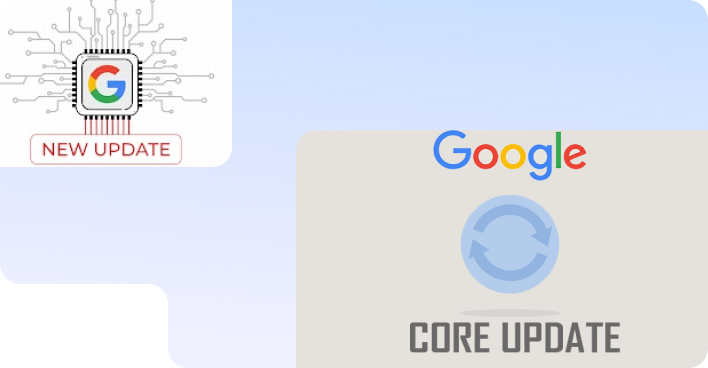No magic - just our painstaking joint work on the site
How to choose the right attribution model in Google Ads?
We have adapted and updated Timothy Johnson's article on choosing an attribution model. Since the publication of the article, there have been 7 attribution models, but the author described the principle of choosing very correctly.
Have you ever thought about how much you spend money on Google Ads?
Marketers have several channels to use their advertising budget. You just need to figure out which channel is the most effective. PPC is a tool for the narrowest part of the sales funnel, where you find the most targeted users. How to determine if you are giving enough investment to this channel? Maybe more or less is needed?
In this article we will talk about how we get conversions using our experience as a PPC advertising company. Here we cannot do without the concept of attribution.
What is attribution in marketing?
On the way to conversion, the user can come to the product through different ads. Attribution is the distribution of value between points with which the user interacted before the conversion.
For instance, the path to conversion can look like this:
| Paid click in search | Facebook remarketing | Click in organic search for a branded query |
| Go through remarketing | Direct visit by domain | Purchase on the site |
You can see the path of conversion if you enter Google Analytics and follow Conversions > Multi-Channel Funnels > Top Conversion Paths. Google Ads and Google Analytics are set by default to an attribution model called "last click". It means that they give 100% value in conversion to the last indirect click. But this is not always correct.
H2 - Models of attribution
There are 7 different models of attribution in Google Ads.
- Last click. This model gives 100% of value to an ad that was the last click before conversion. It’s used to find out which channels impact the behavior of a user at the bottom of the funnel.
- Last indirect click. This model of attribution gives 100% to the last click provided it was not a direct visit to the site. It’s useful for campaigns that have less than 100 clicks and 10 conversions.
- First click. This model gives 100% of value to the first click before conversion. It’s useful if you want to know which channel led the new users to you.
- Linear. This model gives an even distribution across all interaction channels. We will not be able to determine which channel is more important, but we will find out how many channels play a role in the conversion.
- Time decay. In this model, the click value is assumed to double every seven days. That is, a click made eight days before the conversion gets half as much value as a click made one day before the conversion. It’s useful for getting to know which strategies drive more conversions.
- Position-based. The distribution is as follows: 40% for the first click, 40% for the last click, and 20% are distributed evenly among the remaining internal points of contact.
- Data-driven. This is a model built based on data from a specific business. With the help of a special algorithm, more value is given to the click, which mainly led to the conversion in previous periods.
How to choose an attribution model?
Most often, everyone works with the usual attribution model, even if it gives incorrect data and they are in no hurry to switch to another model. Google Analytics gives a helpful tool to compare different models. You should just follow Conversions > Attribution > Model Comparison Tool.
This makes it possible to compare the results of the three selected models based on the same input data. You will notice changes of conversion depending on the model.
Before switching to a new attribution model, you need to review the main conversion paths in Google Analytics that your users are choosing. Bear in mind that most likely the optimization was done for the initial model, so first of all you need to prepare the pages for the switching to the new model.
There is no universal attribution model for all purposes. But looking at different models will give you more insight into the sales channels that lead to conversions.
Attribution models can be used not only to study the effectiveness of Google ADS, it is a convenient tool for analyzing all the channels that are involved in the formation of conversions. With its help you can understand which of the channels contributes the most and how to scale the number of conversions in the most rational way.
Let's imagine: You invest in your site, as a result you receive orders from the site. At some stage, you want more orders, but how to determine which budget to increase: SEO budget? PPC? Social network? How to understand what needs to be scaled to increase the number of conversions?
This is where the study of attribution models comes in handy:
- if you want to know which of the channels was as much effective, that the order decision was made right after it - use the attribution model for the last indirect click
- if it is important for you to understand how those visitors (who ordered) found out about you, where they first saw your offer - use the attribution model on the first click
- if it is important for you to understand which channel made the greatest contribution, use the model taking into account the age of interaction
We care about improving your sales :)

























